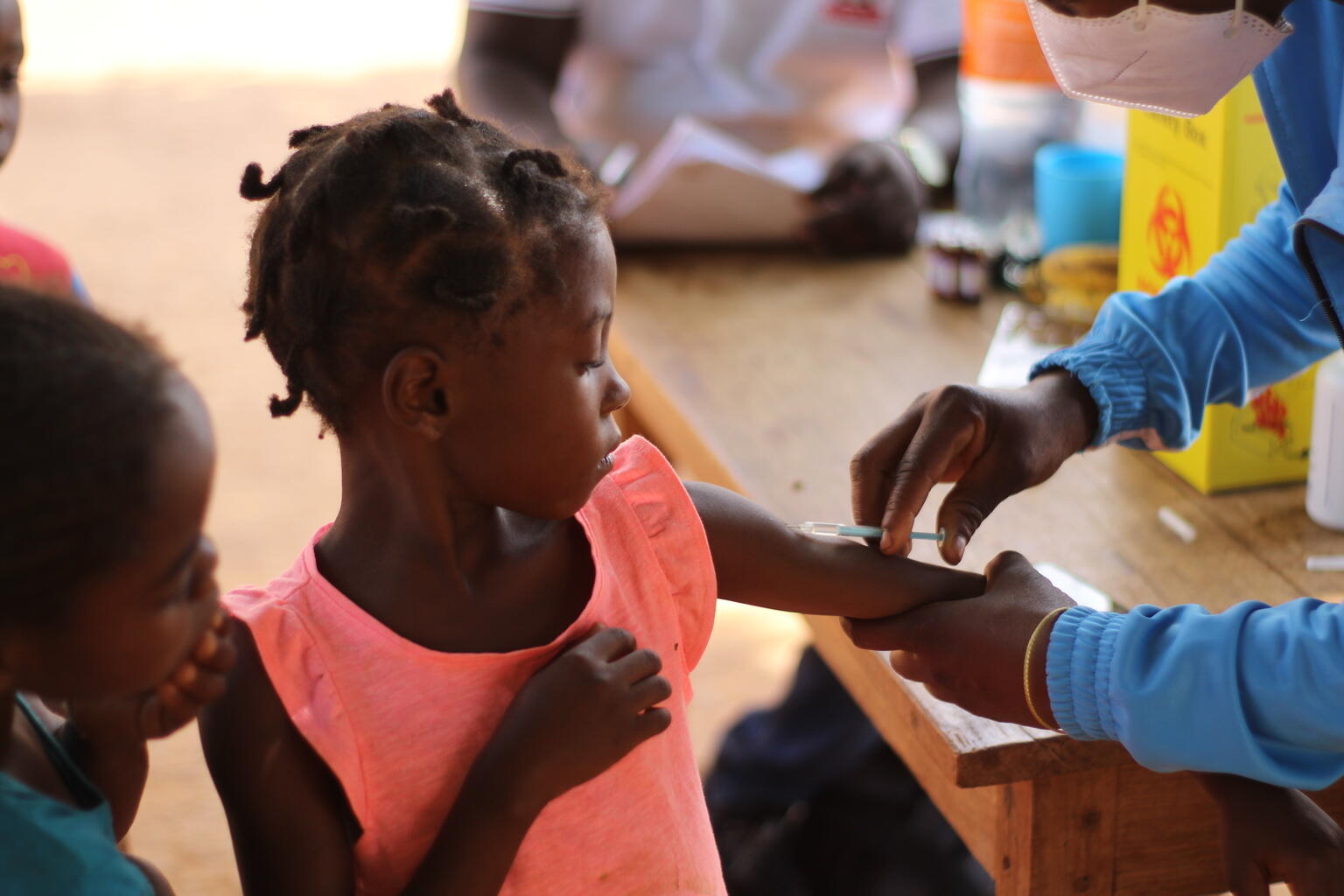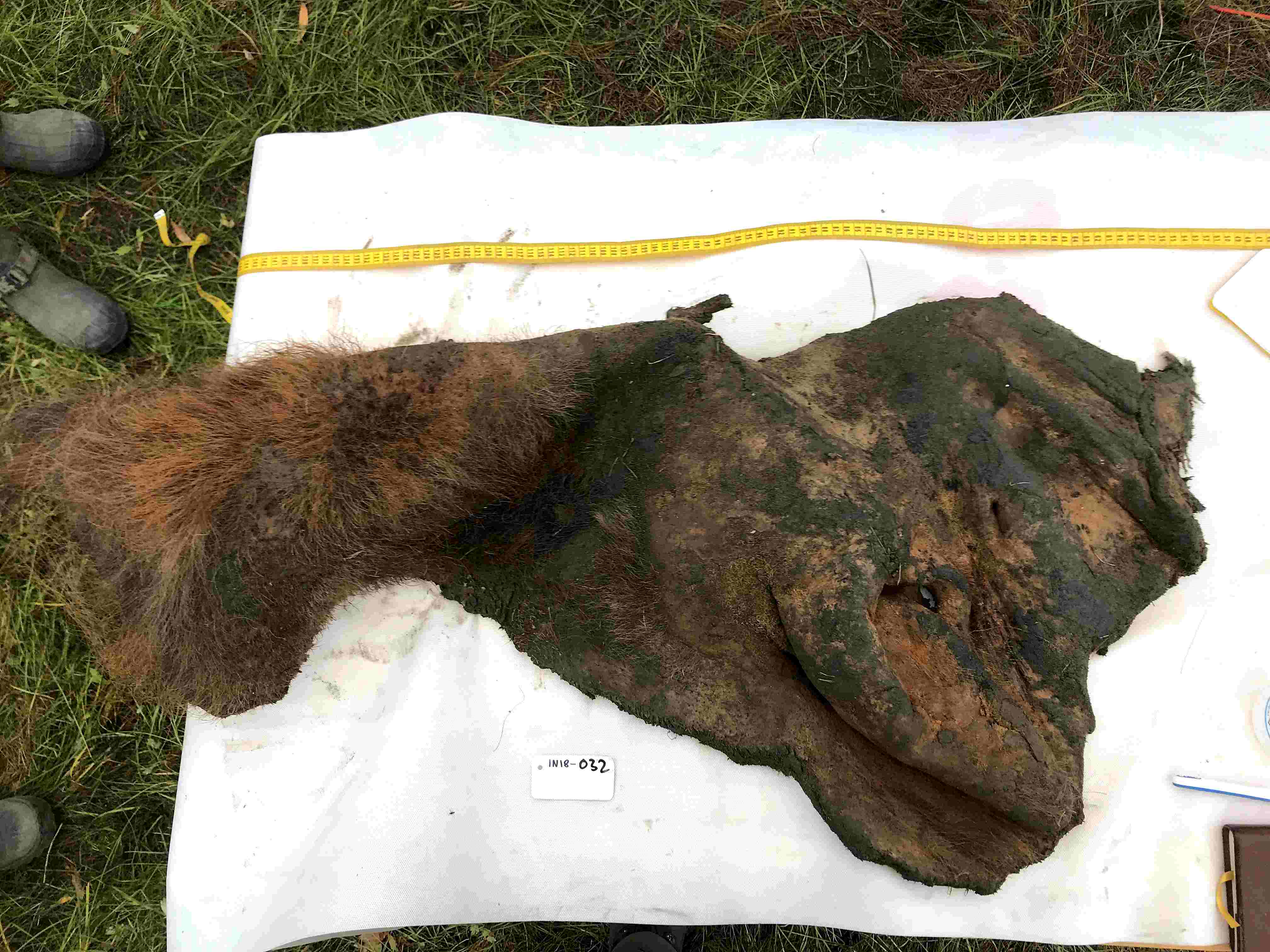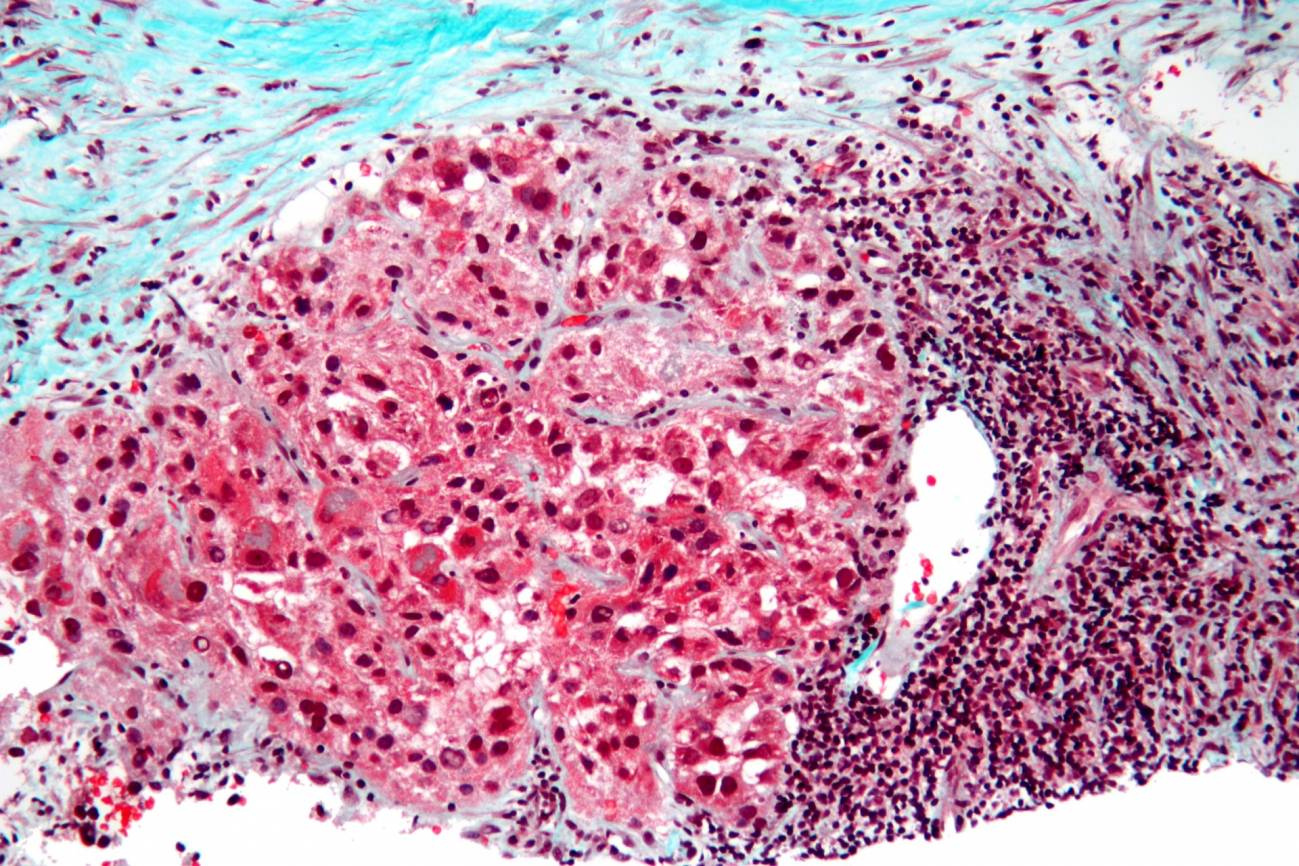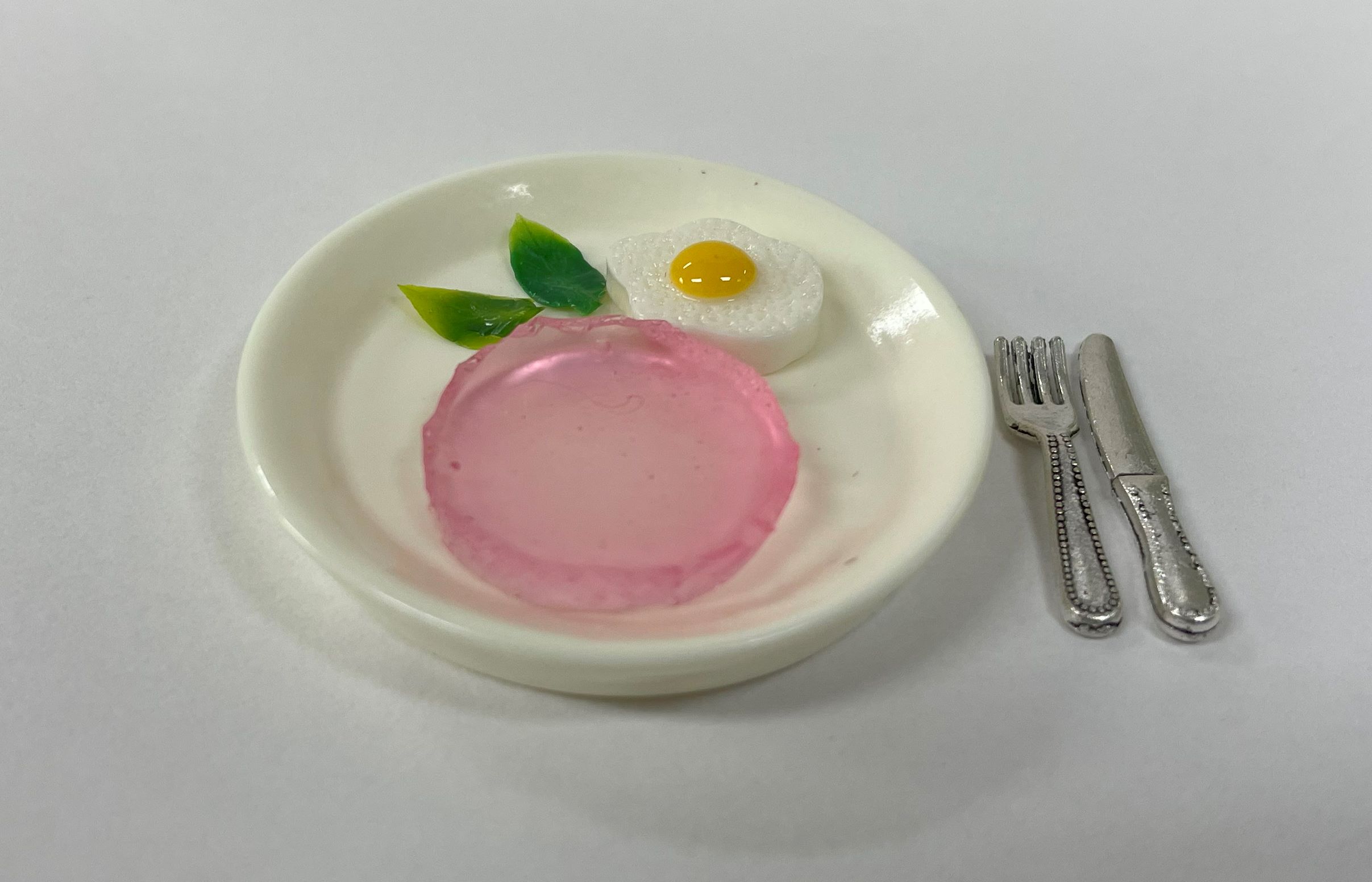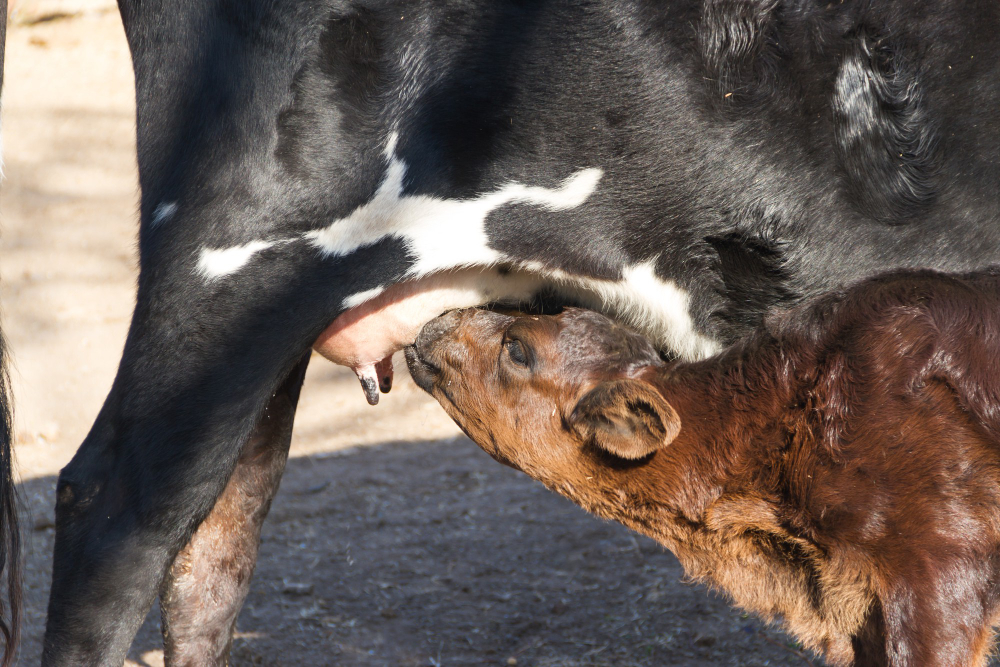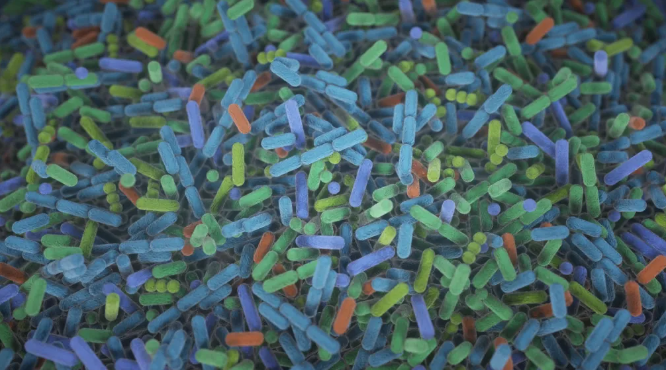Earth's days are getting longer due to climate change
Climate change is influencing the length of the day, according to an analysis published in PNAS. As melting ice accelerates due to rising temperatures, sea levels rise and large masses move from the polar to the equatorial regions. This redistribution affects the Earth's rotation and results in longer days. During the 20th century, sea level variations were associated with changes in day length between 0.3 and 1 millisecond per century, but since 2000 this variation has increased to 1.33 (±0.03) milliseconds per century and the authors estimate that it will accelerate further in the coming decades.


